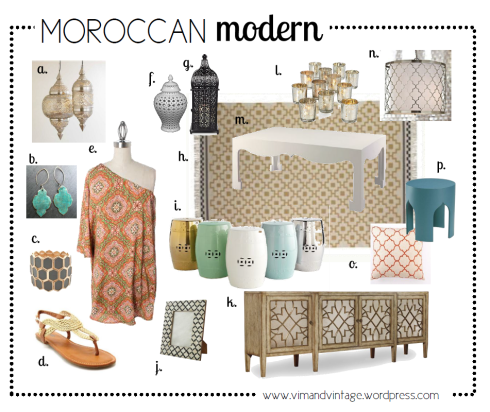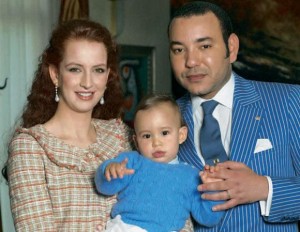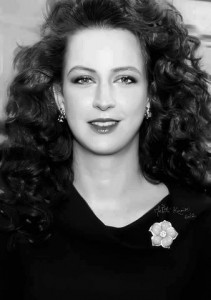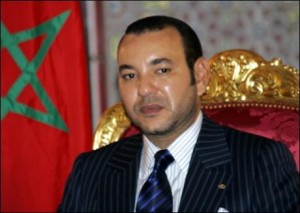Surfing Morocco
The Location:
 Taghazout and Tamraght are Moroccan Berbere Surf villages directly on the coast of South Morocco’s strip of surf spots and sandy beaches. Not far from the famous surf spots Anchor Point, Killer Point and Boilers, 5 mins from Taghazout town, Tamraght offers a relaxed atmosphere with beach front cafes and friendly locals. In just a 5/10 minute walk from the Surf Camp you can surf more than 3 surf spots which also offer the most consistent swell of the area. With glorious sunshine and an Endless coastline of Surf Spots, Morocco offers fantastic waves for beginner to advanced level surfers.
Taghazout and Tamraght are Moroccan Berbere Surf villages directly on the coast of South Morocco’s strip of surf spots and sandy beaches. Not far from the famous surf spots Anchor Point, Killer Point and Boilers, 5 mins from Taghazout town, Tamraght offers a relaxed atmosphere with beach front cafes and friendly locals. In just a 5/10 minute walk from the Surf Camp you can surf more than 3 surf spots which also offer the most consistent swell of the area. With glorious sunshine and an Endless coastline of Surf Spots, Morocco offers fantastic waves for beginner to advanced level surfers.Surf School Morocco
Surf courses for surfing newbies:
 As Tamraght and Taghazout offer a coastline of Surf Spots, our Surf team carefully select the best surf spots to take the surf school to each morning. Taghazout Plage also known as Crocodiles Beach locally is where most of our surf lessons take place. The locals call this crocodiles after the giant crocodile shape you can see in the land of Taghazout. It is here where most of our surf lessons take place, and is conveniently a 5 min walk from the Surf Camp. Taghazout Plage offers fantastic conditions for learning how to surf or improving your surf skills. All Surf Instructors are certified by Surfing Great Britain
As Tamraght and Taghazout offer a coastline of Surf Spots, our Surf team carefully select the best surf spots to take the surf school to each morning. Taghazout Plage also known as Crocodiles Beach locally is where most of our surf lessons take place. The locals call this crocodiles after the giant crocodile shape you can see in the land of Taghazout. It is here where most of our surf lessons take place, and is conveniently a 5 min walk from the Surf Camp. Taghazout Plage offers fantastic conditions for learning how to surf or improving your surf skills. All Surf Instructors are certified by Surfing Great Britain  or the Moroccan Association of Surfing, and our surf school is approved by the Moroccan Surfing Association. Groups are maximum eight students, so surf coaches can give everyone a great amount of attention and tuition. We offer surfboard and wetsuit rental as well as a surf guiding package for those who want to surf as many surf spots as they can.
or the Moroccan Association of Surfing, and our surf school is approved by the Moroccan Surfing Association. Groups are maximum eight students, so surf coaches can give everyone a great amount of attention and tuition. We offer surfboard and wetsuit rental as well as a surf guiding package for those who want to surf as many surf spots as they can.
Beginner/Intermediate Surf Spots Morocco:
- Banana Beach: (includes 2 other spots k11 and k12) right and left waves, very fun spot

- Devils Rock: fun sand bar, great atmosphere, right and left waves, cafes and restaurants too.
- Crocodiles: the shape of the land looks like a giant crocodile, no actual crocodiles here! Left and right waves and camels to ride too!
- Panoramas: a perfect beginner spot, a vast long sandy beach with a point break too, left and right waves
- Camel Point: yes there are camels around here; you can take a beach camel ride!
- Desert Point: great for learning to surf here! Very fun waves when theres small swell
Surfing in Morocco
Intermediate and Advanced Surf guiding Courses:
 Push your limits and take your surfing to the next level. Our surf guiding trips are offered daily and provide surf transport, lunch as well as local, qualified and experienced surf guides. With priceless local knowledge surf guides show you a range of surf spots in the area and the group selects the spots they’d like to surf. You will be surprised how many undiscovered surf spots there are in Morocco offering top-class uncrowded waves. Come and discover the Moroccan Surf secrets with our local and experienced Moroccan surf guides.
Push your limits and take your surfing to the next level. Our surf guiding trips are offered daily and provide surf transport, lunch as well as local, qualified and experienced surf guides. With priceless local knowledge surf guides show you a range of surf spots in the area and the group selects the spots they’d like to surf. You will be surprised how many undiscovered surf spots there are in Morocco offering top-class uncrowded waves. Come and discover the Moroccan Surf secrets with our local and experienced Moroccan surf guides. Intermediate/Advanced Surf Spots Morocco
- Boilers: Reef/Rocky, Right wave, a total beauty, set around an old ship wreck and ship boiler.
- Spiders: point-break, flat rocks and sandy bottom.
- Hash Point: point-break, sandy/rock bottom, great right.
- Anchor Point: a notorious wave which will give you the ride of your life
- Mysteries: point-break, flat rocks
- La Source: reef/rocky, sandy in the centre, right and left, really fun waves
- Killer Point: a locals favourite and a sunset you’ll never forget
- Draculas: Reef break, right wave, the rocks look like Dracula’s teeth – its stunning
- Imessouane: exceptional site, 2 spots; the bay is Morocco’s longest wave (500m), sandy bottom, located in a sweet fishing village and surrounded by mountains. Cathedrals is a fast and fun right wave close by the bay.
morocco culture,moroccan food,morocco food,moroccan cuisine,morocco beaches,moroccan meal,beaches in morocco,moroccan culture,hercules cave,hercules cave morocco





























